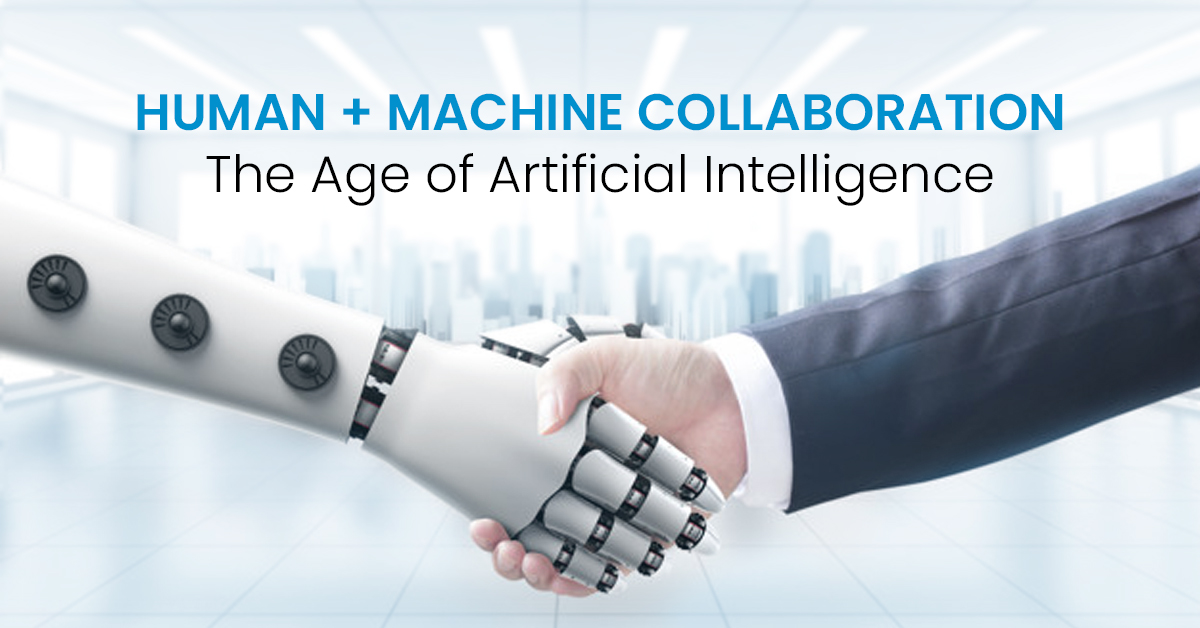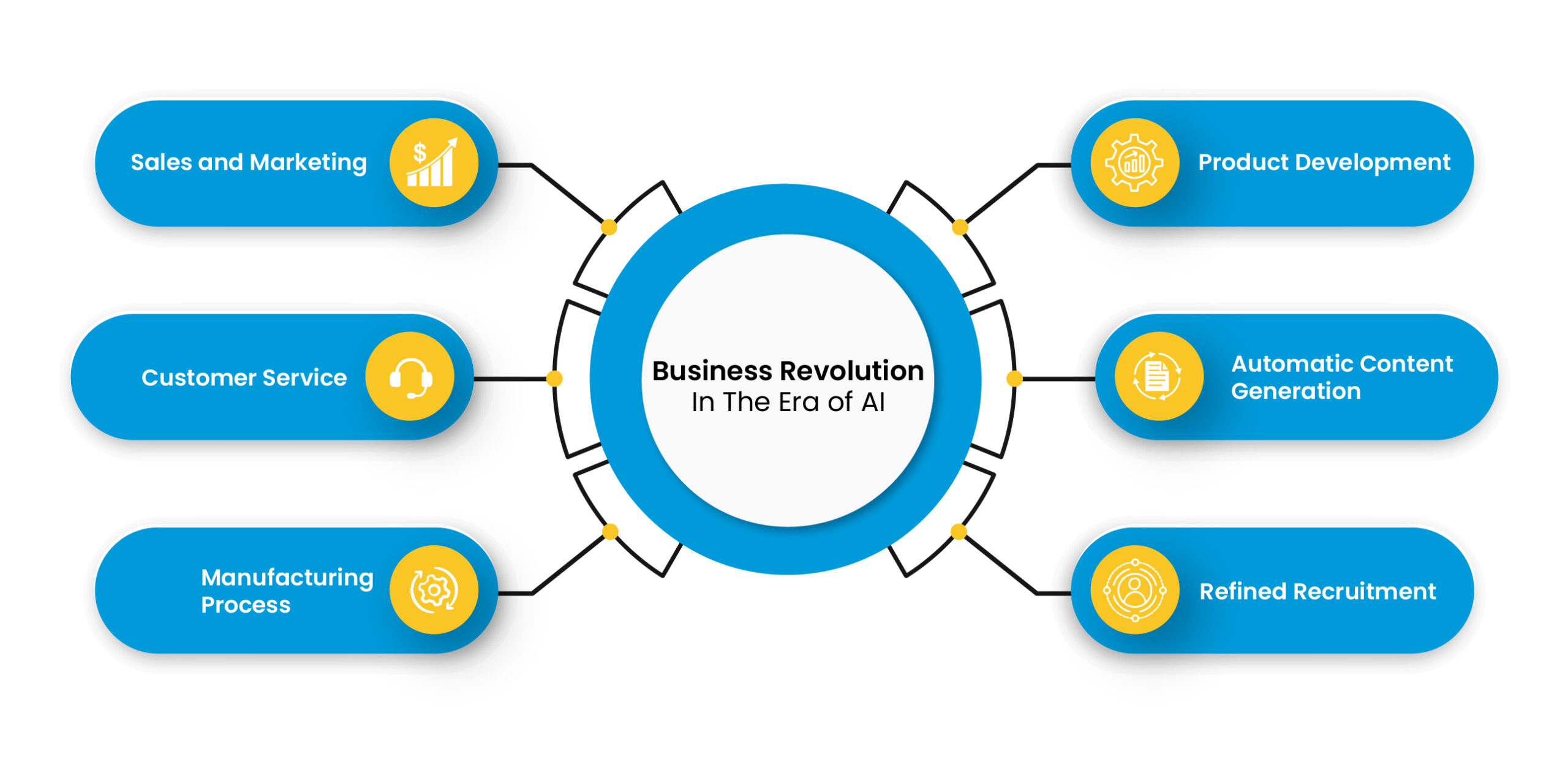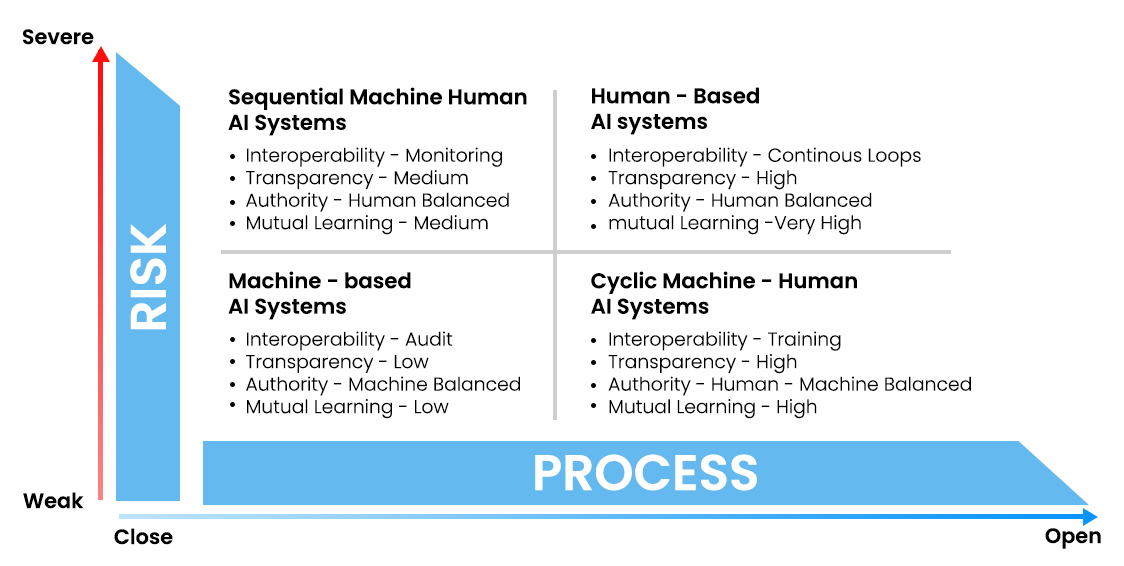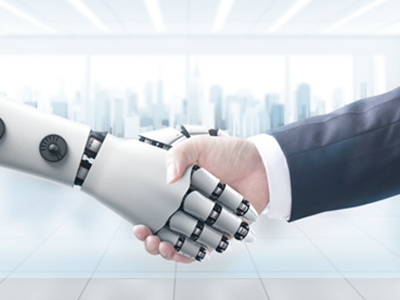Human + Machine Collaboration – The Age of Artificial Intelligence
Human and Machine Collaboration in the Age of Artificial Intelligence

In this period of Artificial Intelligence (AI), we are seeing a change in the way we live, work, and do business. Robots that share our current environment and smart homes to supply chains that think and act progressively, ground-breaking organizations are utilizing AI to enhance and extend their business more rapidly than at any other time.
For sure, this is a period of progress, and change happens quickly. Those ready to comprehend that the future incorporates living, working, existing together, and teaming up with AI are set to prevail in the coming years. The individuals who disregard how a business change in the digital age rely upon human and machine collaboration will inevitably be left behind.
Human and machine collaboration is fundamental for organizations. Having the correct attitude for AI means being calm with the idea of human + machine, leaving the mind-set of human vs. machine behind. Because of AI, factories require somewhat more mankind; and AI is boosting engineers’ and manufacturers’ estimation.
Business Revolution in The Era of AI
The rise of AI is making pristine jobs and openings for people all over the value chain. From workers in the mechanical production system and support experts to robot engineers and operations managers, AI is recovering the idea and significance of work in an industrial setting.
The Human + Machine Collaboration with AI has been transforming all the departments in organizations and businesses. Find out the 6 successful ways how it is transforming organizations for the better.

1. Sales and Marketing
Numerous off-the-stake CRM solutions presently incorporate AI investigation, empowering outreach groups to produce significant bits of knowledge naturally. For instance, Salesforce’s Einstein AI innovation can anticipate which clients are well on creating more income and are destined to take their custom somewhere else. Equipped with information like this, salespeople can center their time and energy where it matters most.
2. Customer Service
With regards to call center activities, mechanization is the same old thing; simple inquiries have been met with robotized menu administrations for quite a while. Be that as it may, one tech organization says it can assist organizations with passing judgment on human client support calls’ quality.
3. Product Development Process
The generative plan is a cutting-edge field that utilizes AI to expand imaginative interaction. With generative plan programming, you essentially input your plan objectives and different prerequisites and let the software investigate all the potential plans that could satisfy those particulars – which means you can rapidly create various plans from a solitary thought. The software does all the required hard work of working out what works and what doesn’t save many long periods. Besides, you maintain a strategic distance from the cost of making models that don’t deliver.
4. Automatic Content Generation
This article wasn’t composed by an AI. In any case, it might have been. Thanks to AI, machines are currently fit for creating drawing in, enlightening content – to the degree that organizations like Forbes are delivering articles with the assistance of AI. There’s a scope of AI-driven substance devices accessible from composing item descriptions and web copy to industry articles and reports. For instance, online business pioneer Alibaba has thought of an AI-Copywriter tool equipped to create more than 20,000 lines of duplicate in only one second.
5. Manufacturing Process
The utilization of robots in assembling is grounded. The most recent automated frameworks are fit for working alongside humans and associating consistently (and securely) with the human labor force. This has offered ascend to the expression “cobots” or community robots.
On account of AI innovations like machine vision, cobots know about the people around them. They can respond accordingly – for instance, by changing their speed or reversing to avoid humans– which means work processes can be intended to get the absolute best out of the two people and robots.
6. Refined Recruitment
HR may not appear to be an undeniable match with AI. However, AI is quick to find many utilizations in HR processes, including recruitment. For large employers, which recruits around 30,000 individuals every year and handles 1.8 million applications, discovering approaches to smooth out and improve the recruitment process is essential. That is why organizations joined forces with AI enrolment expert Pymetrics to make an online stage fit for directing starting appraisals of applicants in their own homes.
Artificial Intelligence is playing its role in bettering organizations and streamlining the processes in every department. Humans also have to play some role in consideration of designing a better Human-Machine team in situational awareness.
How Humans Have to Play Their Role
A significant thought in planning the correct human-machine groups is situational awareness. Combinations of human awareness and AI framework configuration can take various structures, making multiple configurations possible. (See “Human-Machine Teaming Capabilities.”) When the relevant components are very much characterized, algorithms can “learn” by interfacing with the environment through managed machine learning. In these occurrences, the requirement for human inclusion is low. Humans act not as active decision-makers but rather as foremen.

Depending upon the conditions, humans and machines can work in four distinct manners. Humans play a particular part in every one of the quadrants.
Human-Machine Teaming Capabilities
1. Interoperability
Collaboration among humans and machines should be encouraged, depending upon the specific situation and the ideal results. To be effective, frameworks ought to have the option to share the correct information of data and examination at whatever point it’s needed, just as influence the qualities and complementarities of the different agents.
2. Authority Balance
In examining dealings between humans and machines, it’s crucial to know which one has the final control and when. In low-risk situations, the result’s capacity to control may be enough (regardless of whether that implies that a few tasks are not performed appropriately and fixed later). Yet, in high-risk circumstances, the cycle may require a more quick reaction. The framework could likewise choose to reconsider how authority is appointed to forestall activities that could endanger people or assets.
3. Transparency
Given the requirement for support circles among calculations and people, straightforward dynamic cycles are critical to building trust. The human has to know which factors, rules, and execution parameters the algorithm uses. Simultaneously, the machine should know which decisions the human can make to coordinate them into the learning loops.
4. Mutual Learning
Machines gain from different sources, including the external environment, repetitive patterns, and the expected versus actual decisions. However, they can likewise create insights from human experience and instinct. This learning takes two structures: when humans settle on choices that the machine analyses and when human experts train the machines with their instinct. All in all, learning goes both ways.
Configurations of Teaming Capabilities
Distinct decision–making calls for different teaming capabilities. We see 4 different ways where Humans and Machines come together for better decision-making.
1. Machine-based AI systems
In settings where machine-based designs are central, and no surprises are expected, machines can perform tasks freely, with humans playing a supervisory role and making changes just when important. Since potential mistakes are noticeable and don’t present major risk, the interoperability is for review purposes only, and transparency is not required.
2. Sequential machine-human AI systems
In other settings, machines are equipped for performing a significant number of their required task freely. Humans need to accomplish more than monitoring the outcomes — they should be prepared to step in to manage impromptu possibilities. This expects people to have situational awareness and be prepared to recognize events that stretch out past the machine’s limit and intervene. To know when such mediations are required, the AI system needs to have a level of transparency.
3. Cyclic machine-human AI systems
In settings where the processes are open and generally safe, organizations have wide scope for moving decision–making authority from machine to human and the other way around. Even though a high level of transparency might be required, as long as the AI framework is working easily, the human expert’s task is to screen the results without intervening in the action. Their job is that of a mentor: to prepare the AI framework by giving new boundaries and, by and large, improving the performance.
4. Human-based AI systems
Decision processes that are both open and high-risk call for human-based AI frameworks, with the final authority in the hands of humans. Although the AI frameworks may have sufficient storage and processing information to make instructed guessed, the risk of something bad happening can’t be ignored. Therefore, experts should keep up high situational awareness. The different decision rationales must be adequately clear and transparent to advance the two humans and machines’ learning.
Conclusion
Humans and Machines can co-work for better & improved productivity with AI applications to maximize project achievements. Effective AI usage shouldn’t be attached to a single solution. Or maybe, they should draw on various arrangements that can be adjusted to the current situation. This will empower AI frameworks to move from one configuration to another relying upon the environment and human factors.
- Digital Transformation in Healthcare Sector - June 24, 2021
- ERP License and SaaS Cloud Subscription – Pros and Cons - June 21, 2021
- Disaster Recovery as a Service (DRaaS) – Now, Future and Beyond - March 15, 2021

really very useful information given by you. the article is nicely explained and easy to understand. thanks for sharing this post with us. keep your good work.
Thank you for sharing a wonderful article for us and I also going to share this blog with my friends.